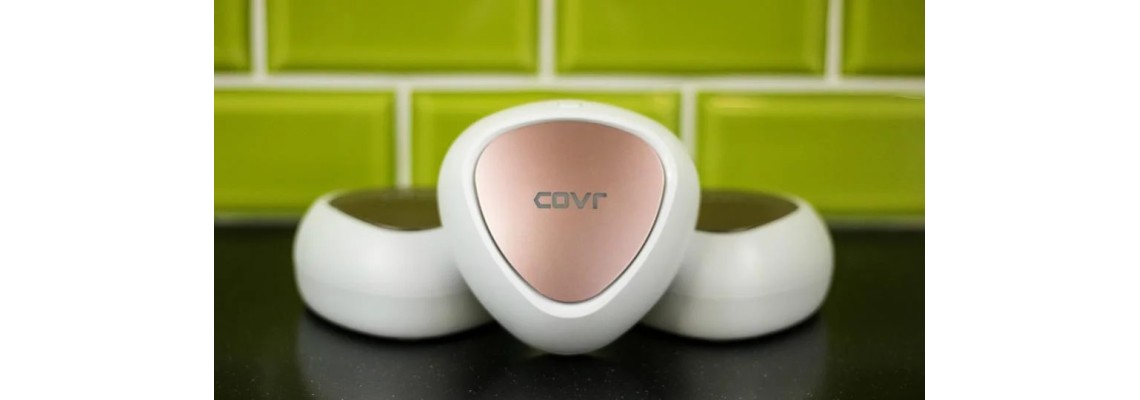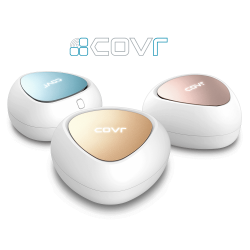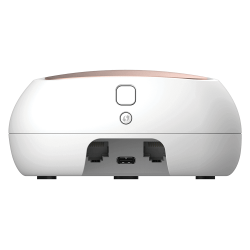
D-Link has a large router portfolio, but it has yet to release a residential wireless mesh system - until now. The three-node Covr C1203 package is designed to spread Wi-Fi across your home in the same manner that existing solutions like Linksys, Netgear, and TP-Link do. The question is if this newcomer has what it takes to compete with the existing market leaders in an increasingly congested sector.
The Covr C1203 is a mesh networking system that, as is customary, is intended to replace your current router. The kit includes three small nodes measuring 109 x 117 x 51mm and boasting a total wireless coverage area of up to 465m2; a C1202 twin-pack is also available, though D-Link does not specify a stated coverage area for a pair of nodes.
The nodes are 802.11ac certified and offer MU-MIMO, with a 2.4GHz radio capable of 300Mbits/sec and a 5GHz radio capable of up to 866Mbits/sec. However, because there is no distinct third radio for backhaul traffic, some of the available bandwidth will be consumed by the nodes communicating with one another.
Firmware and Features
The firmware of D-Link routers are always basic, same goes to the COVR C1203. The value added features are basic parental control, QOS and DDNS. Of course, it has all the basics such as guest WiFi, MAC address reservation and website filter.
The 5GHz frequency maintained speeds far better; nevertheless, as a user, you have no direct control over which devices connect on which band. To confirm that our MacBook test laptop was connected at 5GHz, for example, we had to first detach an iPhone from the network. It's not a deal breaker by any means. However, it makes assuring the best possible performance for every given device a little more difficult.
The 5GHz band performs admirably, allowing for frictionless movement while maintaining internet speeds comparable to or equal to those of a wired connection. A web-based interface provides more advanced controls than the user-friendly smartphone app.


